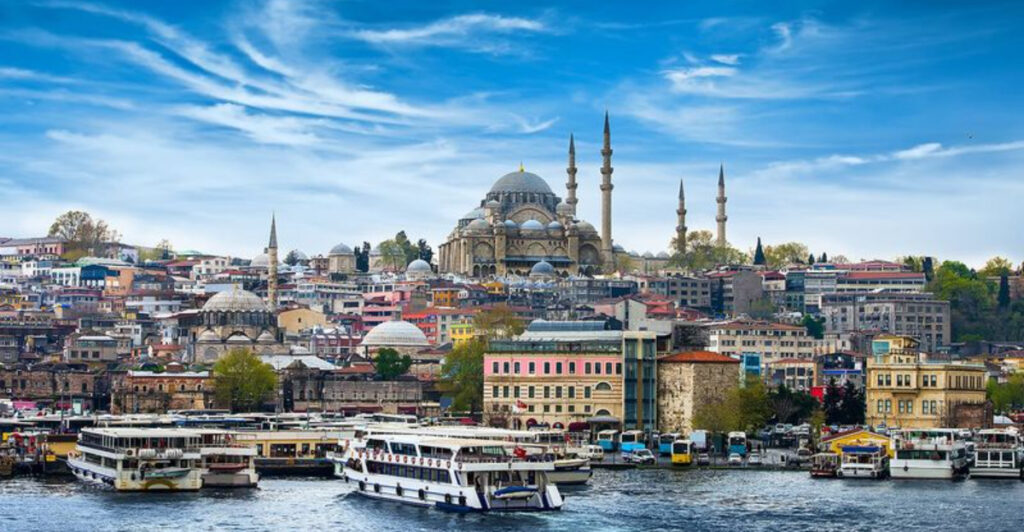Cultural travel opens doors to understanding civilizations that shaped our world today. From ancient temples carved into cliffsides to museums housing priceless masterpieces, these destinations offer immersive experiences that textbooks simply cannot match. Walking through historic streets, admiring architectural marvels, and viewing world-famous art creates memories that last forever. Pack your curiosity and prepare to explore twenty incredible places where history comes alive through stunning buildings, fascinating museums, and timeless cultural treasures.
1. Rome, Italy

Walking through Rome feels like traveling through time itself. Every corner reveals another piece of ancient history, from massive stone amphitheaters to perfectly preserved temples.
The Colosseum stands as Rome’s most famous landmark, where gladiators once fought before cheering crowds. Nearby, the Roman Forum shows how people lived over 2,000 years ago.
Vatican City houses incredible art, including Michelangelo’s breathtaking Sistine Chapel ceiling. The Pantheon amazes visitors with its giant dome and perfect architecture that still influences buildings today.
2. Athens, Greece
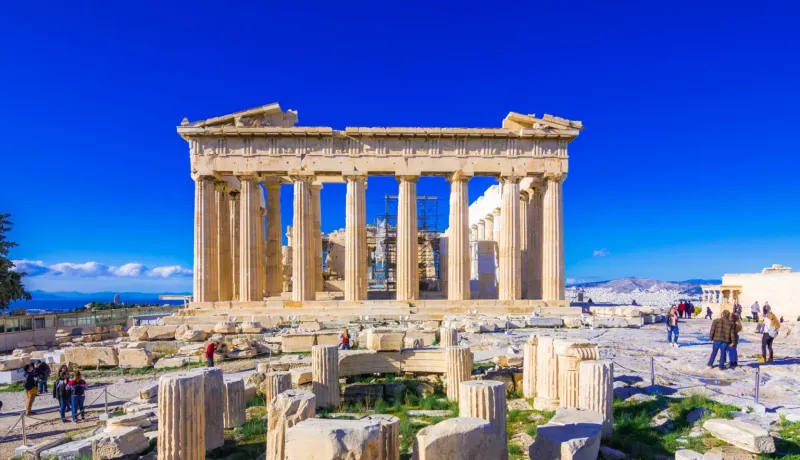
Athens created democracy and gave birth to ideas that still guide governments worldwide. The city’s ancient ruins tell stories of philosophers, warriors, and brilliant thinkers.
High above the city sits the Acropolis, crowned by the famous Parthenon temple. This marble masterpiece has watched over Athens for nearly 2,500 years.
The Ancient Agora was once the heart of Athenian life, where citizens gathered to debate and shop. Today, visitors can walk the same paths as Socrates and Plato once did.
3. Paris, France

Paris earned its reputation as the world’s art capital through centuries of creativity and cultural achievement. Museums, monuments, and architectural wonders fill every neighborhood.
The Louvre Museum houses the Mona Lisa and thousands of other masterpieces under one magnificent roof. Musée d’Orsay showcases incredible Impressionist paintings by Monet and Renoir.
Notre-Dame Cathedral represents Gothic architecture at its finest, while the Eiffel Tower symbolizes French engineering brilliance. Sacré-Cœur’s white domes overlook the entire city from Montmartre hill.
4. Kyoto, Japan

Over 2,000 temples and shrines make Kyoto Japan’s spiritual and cultural heart. Each sacred building tells stories of ancient traditions that continue today.
Kinkaku-ji, the Golden Pavilion, shimmers like a jewel beside its reflecting pond. This three-story temple covered in gold leaf creates one of Japan’s most photographed scenes.
Fushimi Inari Taisha features thousands of bright orange gates winding up a mountainside. Walking through these tunnels of color feels like entering another world entirely.
5. Cairo, Egypt
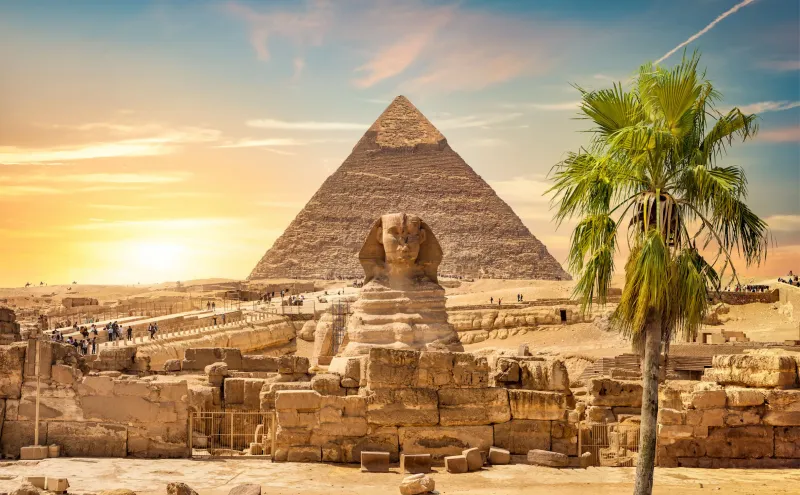
Cairo guards secrets of pharaohs and ancient civilizations that ruled for thousands of years. The city connects modern life with humanity’s most mysterious past.
The Great Pyramid of Giza stands as the only surviving Wonder of the Ancient World. The nearby Sphinx continues puzzling visitors with its half-human, half-lion form.
Inside the Egyptian Museum, golden treasures from King Tutankhamun’s tomb sparkle under museum lights. Mummies and artifacts reveal how ancient Egyptians lived, worked, and prepared for the afterlife.
6. Florence, Italy
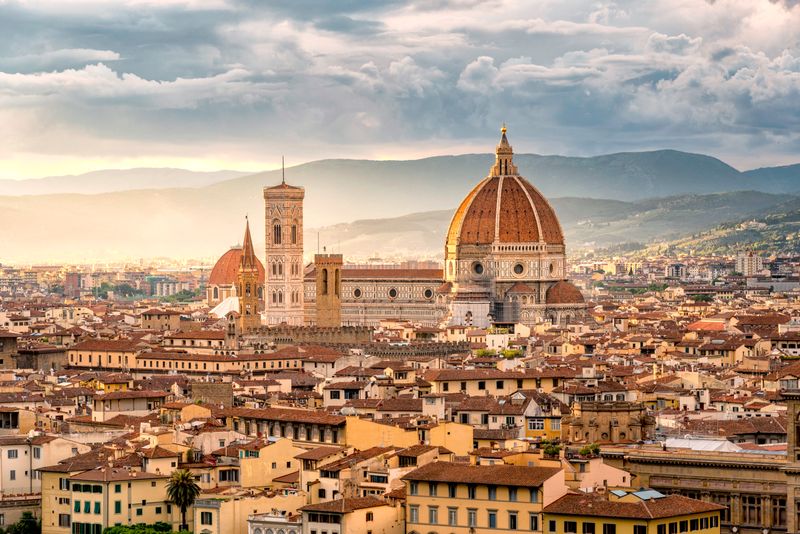
Renaissance masters like Michelangelo and Leonardo da Vinci made Florence their creative playground. Their genius still fills museums, churches, and public squares throughout the city.
Michelangelo’s David statue stands seventeen feet tall in the Accademia Gallery, carved from a single block of marble. The Uffizi Gallery houses Renaissance paintings that changed art forever.
Brunelleschi’s dome crowns Florence’s cathedral, an engineering marvel that took sixteen years to complete. Red-tiled rooftops stretch toward rolling Tuscan hills beyond the city walls.
7. Istanbul, Turkey

Two continents meet in Istanbul, where European and Asian cultures blend into something completely unique. Byzantine emperors and Ottoman sultans both left their marks here.
Hagia Sophia began as a Christian cathedral, became a mosque, and now serves as a museum showcasing both faiths. Its massive dome seems to float weightlessly above marble columns.
The Blue Mosque gets its nickname from thousands of blue tiles decorating its interior walls. Topkapi Palace reveals how Ottoman sultans lived in luxury overlooking the Bosphorus strait.
8. Machu Picchu, Peru
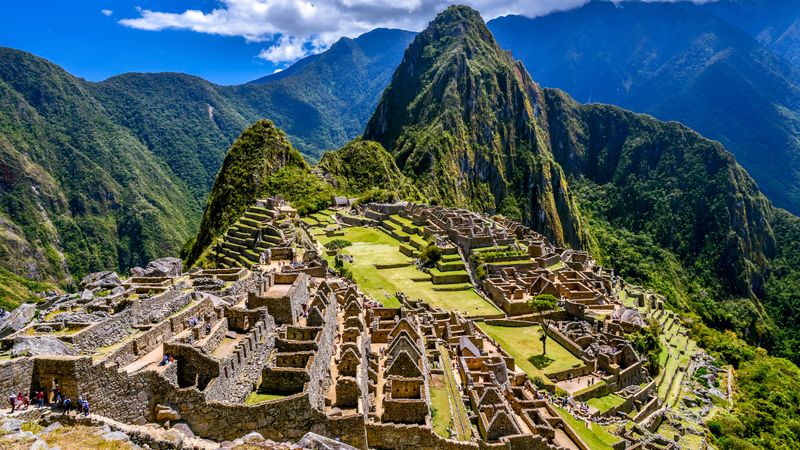
Hidden high in the Andes Mountains, Machu Picchu remained lost to the outside world for over 400 years. This “Lost City of the Incas” showcases incredible engineering skills.
Stone blocks fit together so perfectly that not even a knife blade can slide between them. No mortar holds these walls together, yet they’ve survived centuries of earthquakes.
Terraced gardens cascade down steep mountainsides, showing how the Incas grew crops in impossible places. Llamas graze peacefully among ruins where royal families once lived.
9. Petra, Jordan
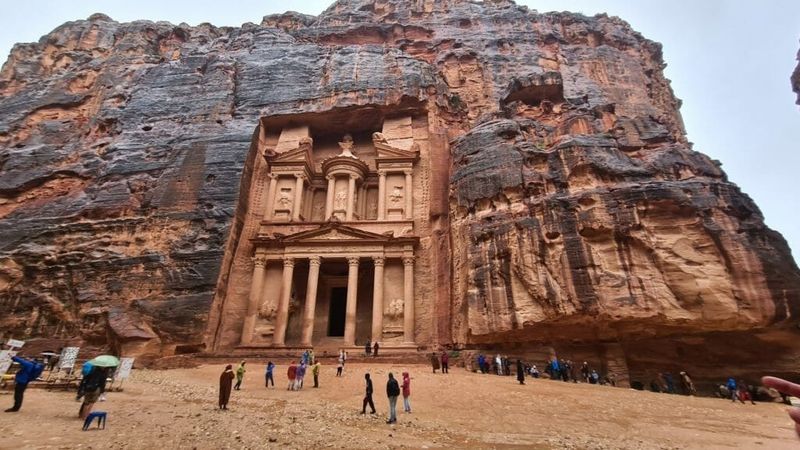
Rose-colored cliffs hide one of archaeology’s greatest treasures. Ancient Nabateans carved an entire city from living rock over 2,000 years ago.
The Treasury’s elaborate facade greets visitors after a narrow walk through towering canyon walls. This 130-foot-tall building was actually carved downward from the cliff top.
Beyond the famous Treasury, hundreds of tombs, temples, and houses fill hidden valleys. Bedouin guides share stories passed down through generations about this magical place.
10. Venice, Italy

Built on over 100 small islands, Venice defies logic and gravity. This floating city of canals and bridges feels like something from a fairy tale.
Gondoliers navigate narrow waterways between palaces that rise directly from canal waters. St. Mark’s Basilica glitters with golden mosaics depicting biblical stories.
The Doge’s Palace shows how Venice’s powerful rulers lived and governed their maritime empire. Gothic arches and Byzantine domes reflect centuries of trade with distant lands.
11. Angkor Wat, Cambodia
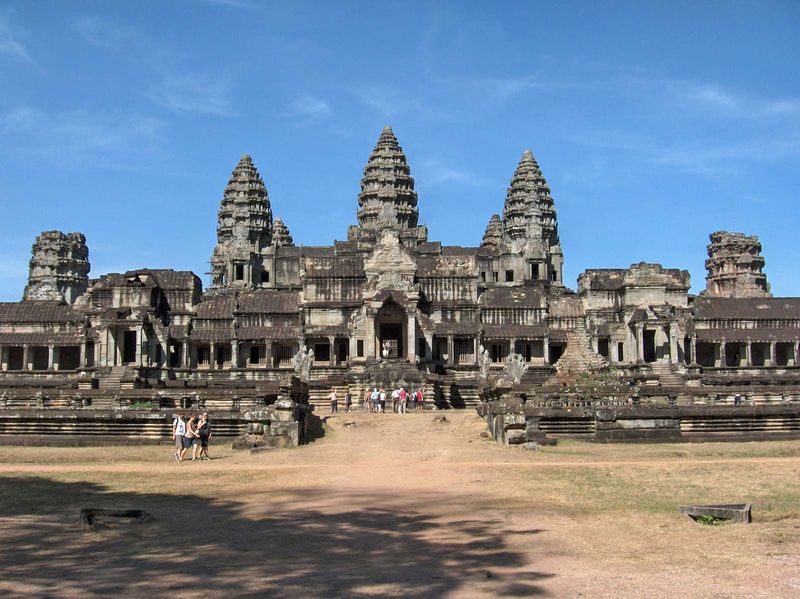
Jungle vines once completely covered the world’s largest religious monument. Angkor Wat represents the peak of Khmer architectural achievement from the 12th century.
Five lotus-bud towers rise 200 feet above surrounding moats and forests. Detailed stone carvings tell Hindu stories across miles of gallery walls.
Sunrise paints the temple’s reflection in still waters, creating one of travel’s most magical moments. Ta Prohm temple shows nature’s power as massive tree roots embrace ancient stones.
12. Vienna, Austria

Classical music echoes through Vienna’s elegant streets, where Mozart, Beethoven, and Strauss created timeless masterpieces. Imperial palaces showcase centuries of Habsburg grandeur.
Schönbrunn Palace contains 1,441 rooms decorated with priceless artworks and furniture. Its baroque gardens stretch toward distant hills beyond the city.
Coffee houses serve as cultural institutions where writers, artists, and philosophers gather to debate ideas. The city’s Christmas markets transform winter streets into magical wonderlands.
13. Mexico City, Mexico
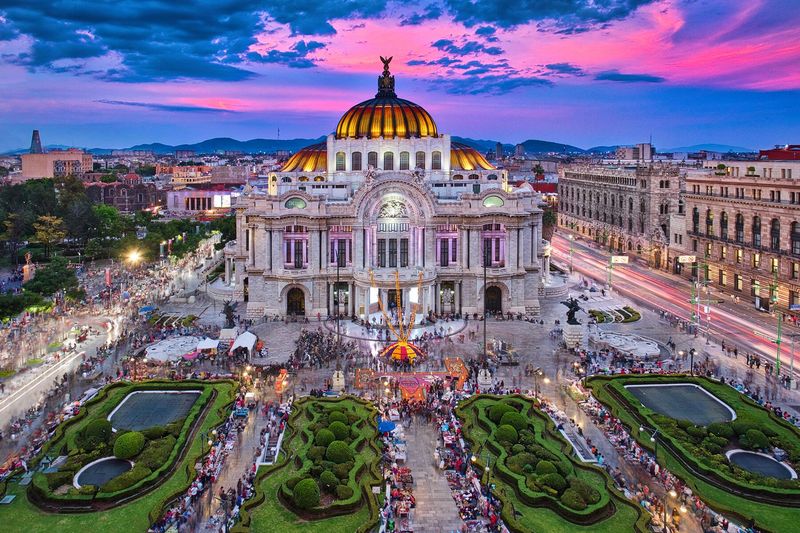
Ancient Aztec pyramids rise beside Spanish colonial churches in this fascinating cultural blend. Mexico City layers thousands of years of history into one vibrant metropolis.
Templo Mayor reveals the heart of the Aztec empire buried beneath modern streets. Archaeological excavations continue uncovering new treasures from this pre-Columbian civilization.
Frida Kahlo’s bright blue house showcases the famous artist’s personal belongings and paintings. Colonial-era cathedrals display intricate stonework brought by Spanish conquistadors centuries ago.
14. St. Petersburg, Russia
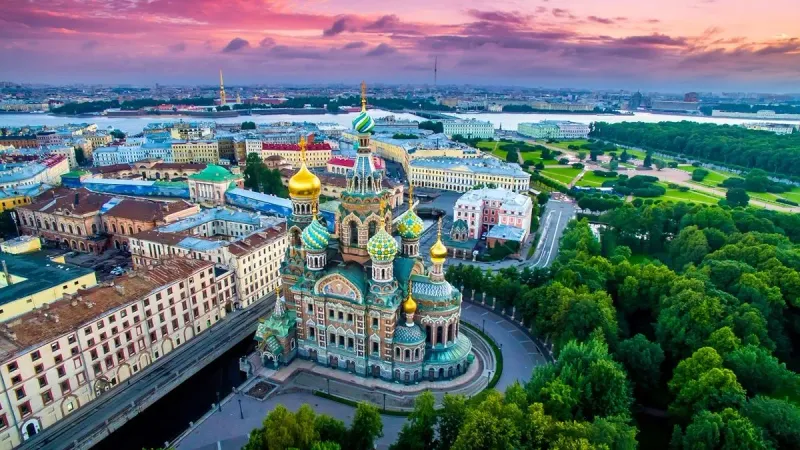
Built by Peter the Great as Russia’s “Window to Europe,” St. Petersburg rivals Paris in architectural beauty. Imperial palaces and world-class museums line elegant canals and broad avenues.
The Hermitage Museum houses over three million artworks in the former Winter Palace. Catherine Palace dazzles visitors with its amber room and gold-covered facades.
The Church of the Savior on Spilled Blood looks like something from a Russian fairy tale with its colorful onion domes and intricate mosaics.
15. Jerusalem, Israel
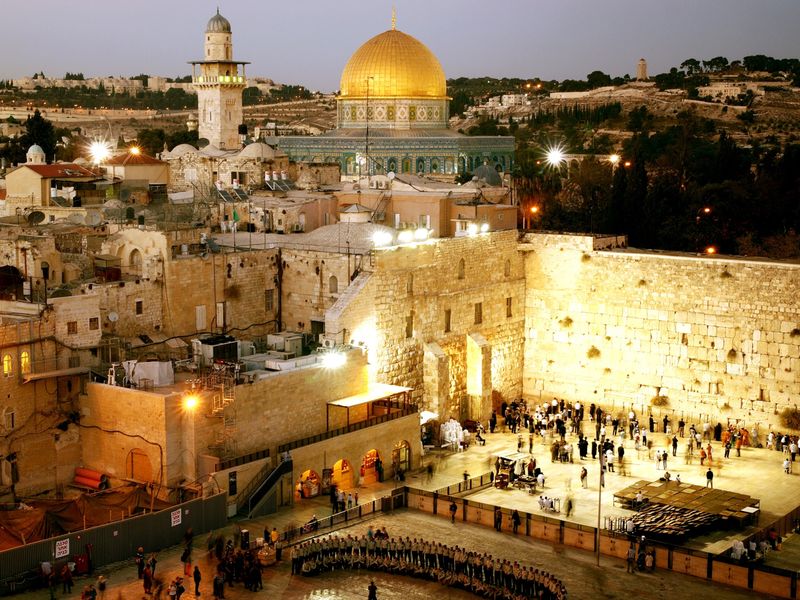
Three major religions consider Jerusalem their holiest city. Every stone seems to hold prayers and stories from thousands of years of faith and conflict.
The Western Wall draws Jewish pilgrims who place written prayers between ancient stones. Above it, the golden Dome of the Rock marks where Muslims believe Muhammad ascended to heaven.
Christian pilgrims follow the Via Dolorosa to the Church of the Holy Sepulchre, believed to be Jesus’s burial place. The Old City’s narrow streets buzz with vendors and worshippers.
16. Barcelona, Spain
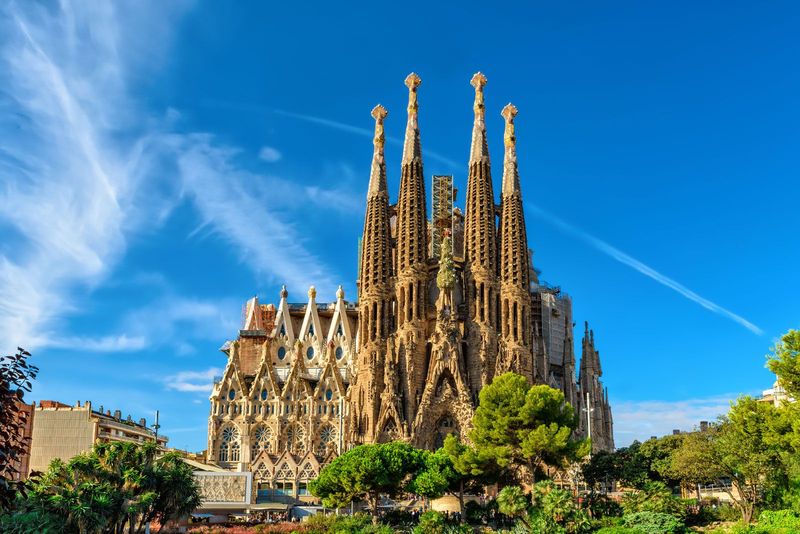
Antoni Gaudí transformed Barcelona into an outdoor art gallery with his wildly imaginative buildings. His unique style mixes Gothic traditions with nature-inspired curves and colors.
The Sagrada Família cathedral has been under construction for over 140 years. Its towering spires and detailed facades tell biblical stories in stone.
Park Güell offers panoramic city views from colorful mosaic benches and whimsical buildings. The Gothic Quarter preserves medieval streets where Columbus reported his New World discoveries to Spanish royalty.
17. Berlin, Germany
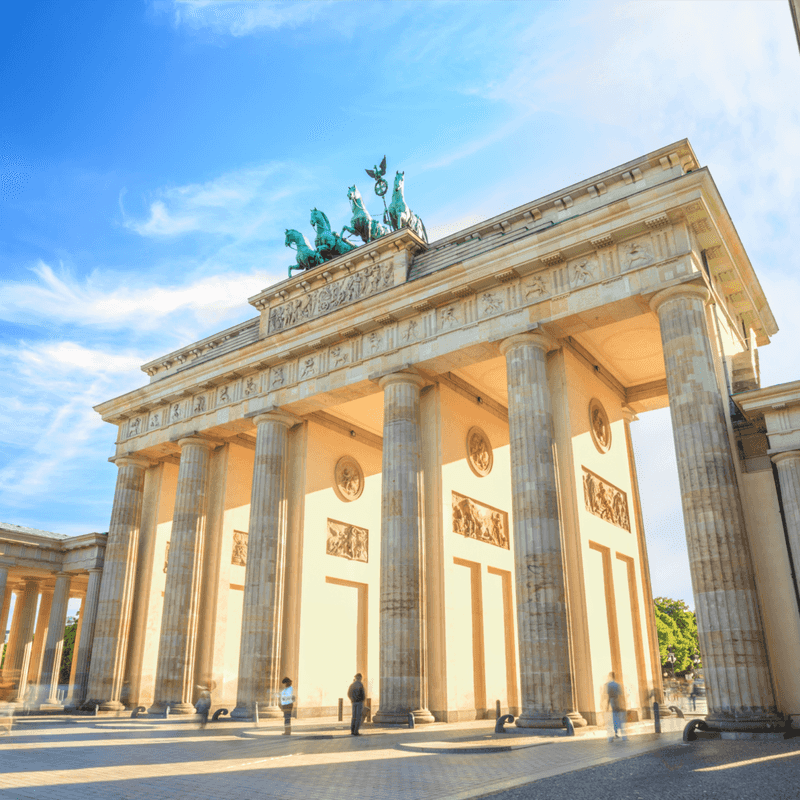
History lives in Berlin’s streets, from Brandenburg Gate to remnants of the Berlin Wall. This city rebuilt itself from wartime destruction into a modern cultural powerhouse.
The Pergamon Museum displays entire ancient buildings moved stone by stone from archaeological sites. World War II memorials remind visitors of darker chapters in human history.
Street art covers remaining wall sections with colorful messages of hope and unity. Modern architecture rises alongside restored historic buildings, showing how cities can honor their past while embracing the future.
18. Cusco, Peru
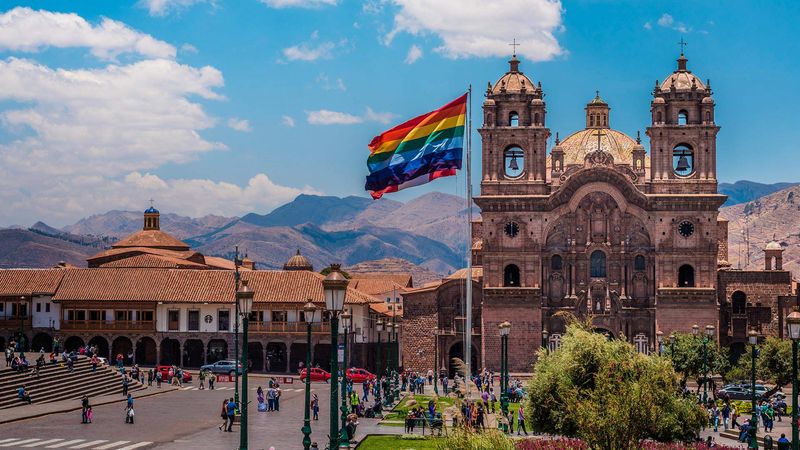
Spanish conquistadors built their colonial city directly on top of Inca foundations. This unique architectural layering makes Cusco unlike anywhere else on Earth.
Massive Inca stone blocks form the bottom portions of colonial churches and mansions. These perfectly fitted stones survived earthquakes that damaged newer Spanish construction above them.
Colorful markets fill ancient plazas where Inca emperors once held court. Traditional weaving techniques and languages continue thriving in surrounding mountain villages, keeping ancient cultures alive.
19. Delhi, India
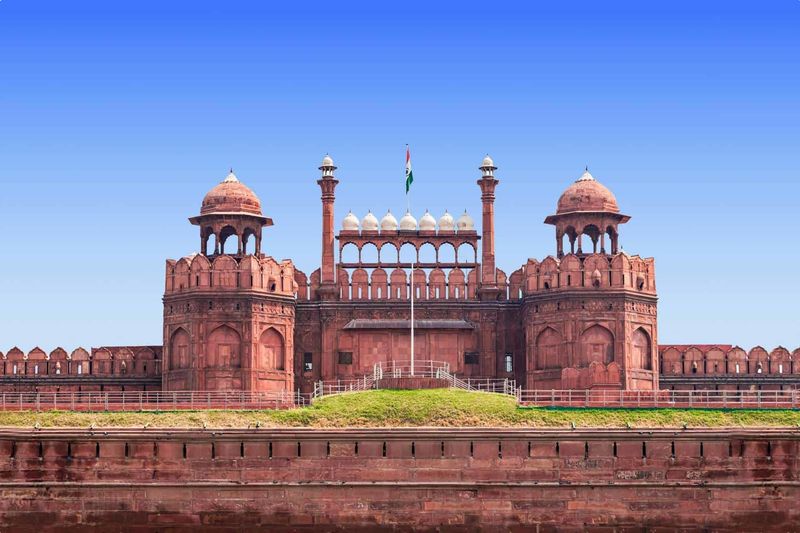
Multiple empires left their architectural signatures across Delhi’s sprawling landscape. Mughal tombs, British colonial buildings, and modern structures create an amazing historical timeline.
The Red Fort’s massive walls once protected Mughal emperors and their treasure-filled palaces. Humayun’s Tomb inspired the famous Taj Mahal with its elegant dome and garden setting.
British colonial buildings line grand avenues designed to showcase imperial power. Bustling bazaars and street food vendors bring ancient trading traditions into the modern world.
20. Fez, Morocco
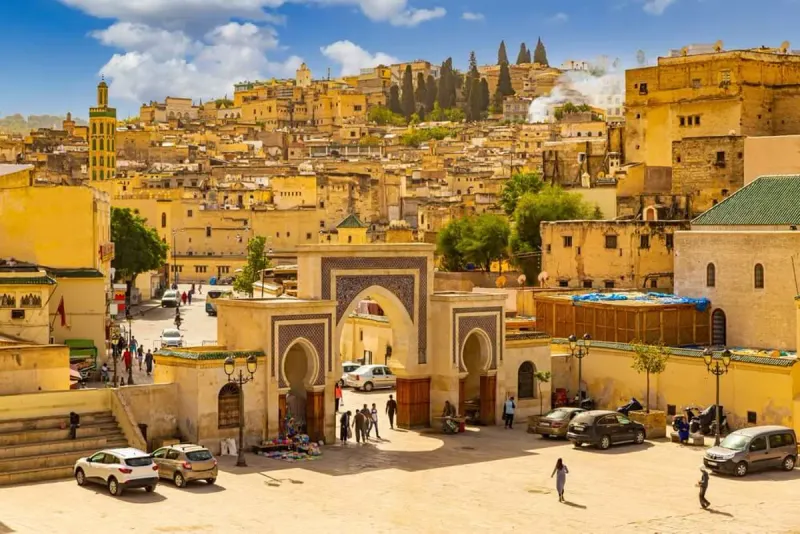
Step into Fez’s medina and enter the world’s largest car-free urban zone. This medieval city operates much like it did 1,000 years ago.
Narrow alleys wind past ancient madrasas where Islamic scholars still teach traditional subjects. Leather tanners work in stone vats using techniques passed down through countless generations.
Artisans create intricate metalwork, carpets, and ceramics in tiny workshops hidden throughout the maze-like streets. Donkeys carry goods along paths too narrow for modern vehicles.

